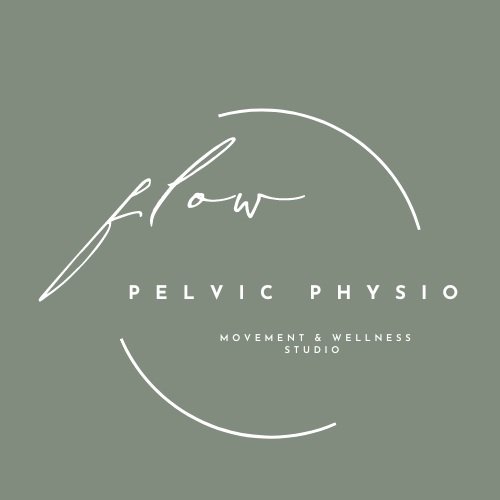Vaginismus & the pelvic pain cycle
Vaginismus is a poorly understood, under diagnosed, type of pelvic pain where the pelvic floor muscles involuntarily contract and spasm with any sort of vaginal penetration which can be incredibly painful and distressing. This involuntary contraction of the pelvic floor muscles often happens subconsciously, as part of the body’s protection mechanism.
Vaginismus can be primary meaning a person always found vaginal penetration difficult (be that sexual intercourse, pelvic examinations or tampons), or it can be secondary meaning penetration may have been possible in the past and no longer is.
One painful attempt at penetration often makes the next one more painful creating a vicious pain cycle, where the pain response continues to ramp up each time penetration is attempted. This physical response often has a flow on effect to the psychological state. The more a person thinks about penetration the more heightened feelings like anxiety, pain and fear can become, further increasing the pain experience.
Vaginismus can be due to several physical and psychological factors such as…
Infections such as UTIs, STIs, thrush
Pelvic Pain such as vulvodynia, endometriosis & adenomyosis
Vulval skin conditions such as lichen sclerosus changes during perimenopause and menopause
Previous negative experiences such as pain with intimacy, sexual trauma, birth trauma, painful medical examinations
Other psychological factors such as anxiety, depression, relationship problems, self consciousness, lack of arousal, fear, shame, preconceived ideas.
The good news is pelvic floor physiotherapy can help to address the tension in the pelvic floor muscles and any other contributing factors. At Flow Pelvic Physio, we will develop a specific management that takes a holistic approach and may include:
Pelvic floor desensitisation and relaxation exercises
Breathwork
Pelvic stretches
Muscular tension release internally and/or externally if indicated
Dilator therapy
Pain education
Addressing unhelpful beliefs
Toolkit of self management strategies
Address any bladder or bowel dysfunction that may be further exacerbating symptoms
Collaboration and referral as indicated with the wider healthcare team such as GP, Gynaecologist, Psychologist and Sexologist to provide multidisciplinary care
Key things to remember when experiencing vaginismus;
You are not alone
You are not imagining your symptoms
Pelvic floor physiotherapy can help you
***Disclaimer: Blog is for general education only, please seek an individualised assessment and treatment plan with a pelvic health physio



